Tag: anaesthesia
-
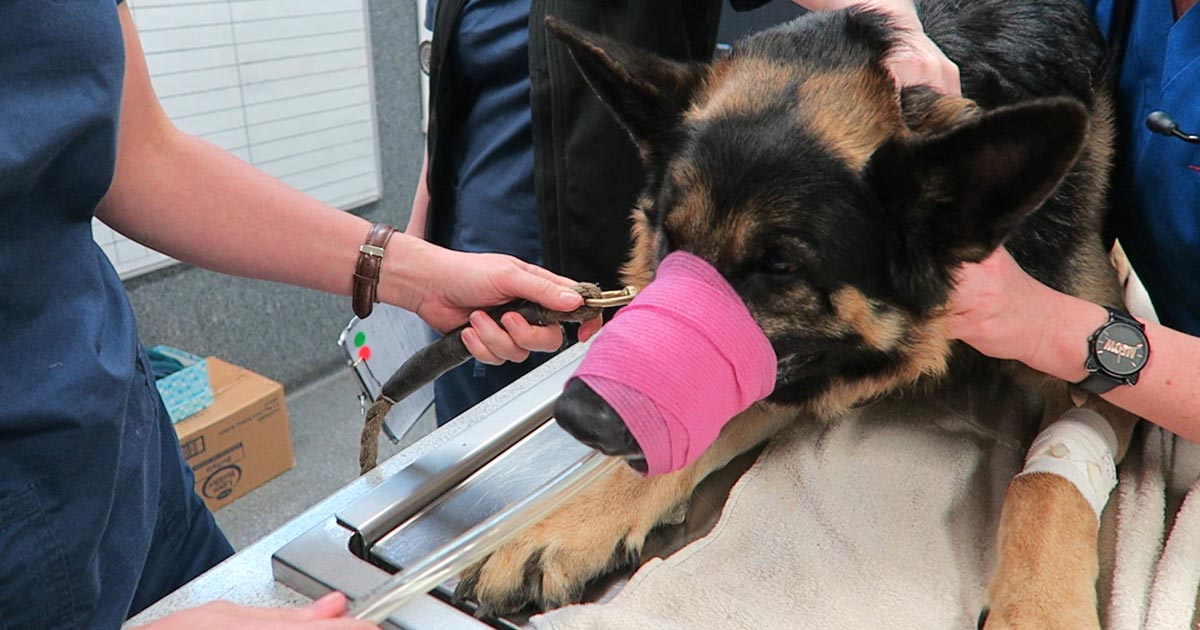
Focus on GDV, part 2: releasing the pressure
—
by
Last week we covered IV fluid resuscitation and pain relief. This week we will go into more detail about gastric decompression. Gastric decompression can be achieved in two ways: trocarisation stomach tube (orogastric tube) placement The decision on which method to use depends on many factors – personal preferences, past experiences and clinical protocols, to…
-
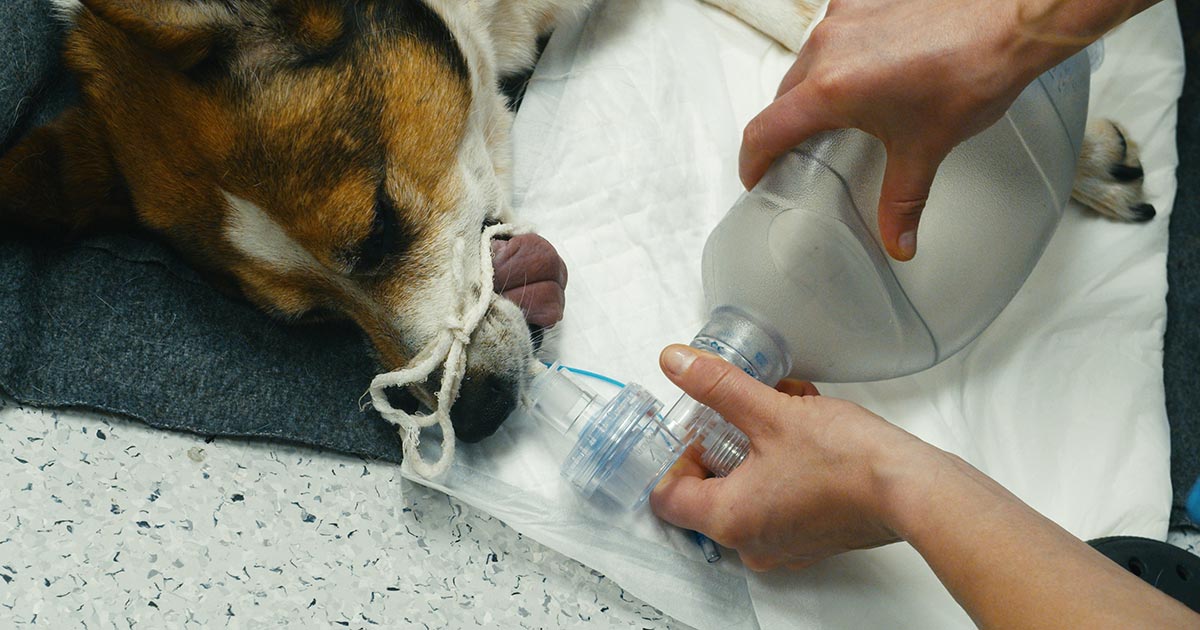
Anaesthesia update: VNs no longer just ‘the hands of the vet’
—
by
Despite having celebrated a “COVID freedom day” it would appear that, in the veterinary world, the Groundhog Day of anaesthesia monitoring debates continues. I have seen posts recently by vets and vet nurses that seem to not understand the wording or interpretation of the Code of Professional Conduct around registered vet nurses, laypeople and anaesthesia…
-
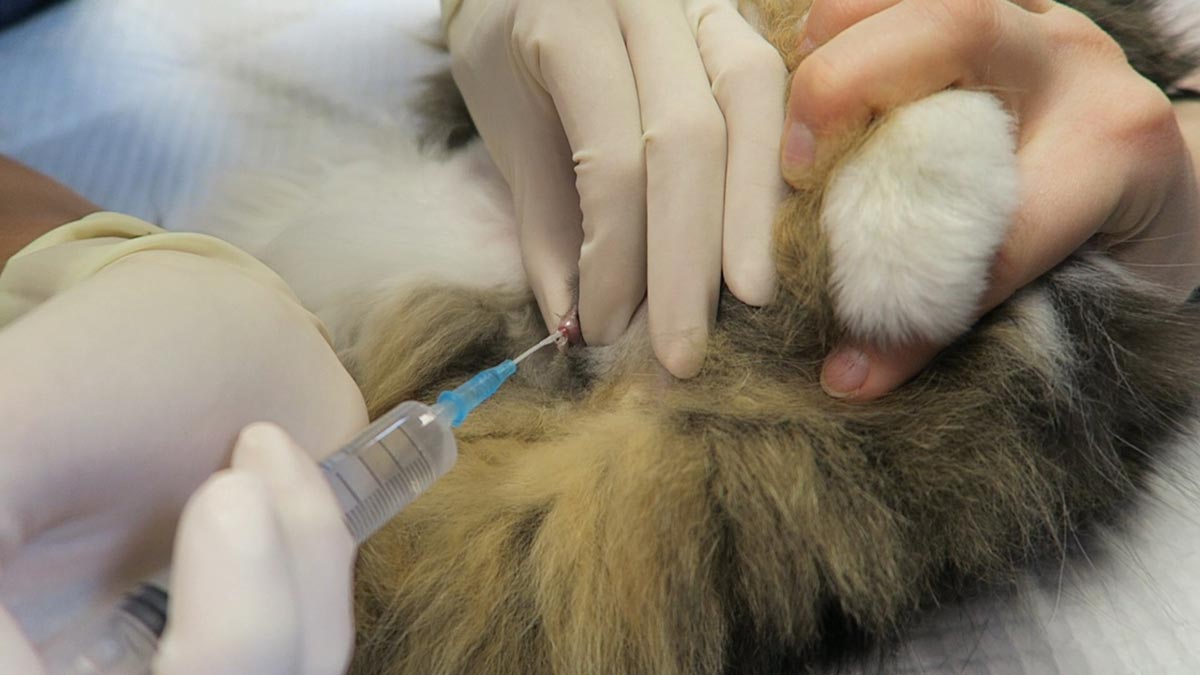
Temporary catheters in obstructed FLUTDs: buying time with a blocked cat
—
by
Obstructive feline lower urinary tract disease (FLUTD) is a common presentation in both general practice and emergency settings. Every clinician has his or her own approach to treating and managing a cat with obstructive FLUTD signs. Working in an emergency setting, once I have confirmed an obstructed bladder via palpation, I focus on trying to…
-
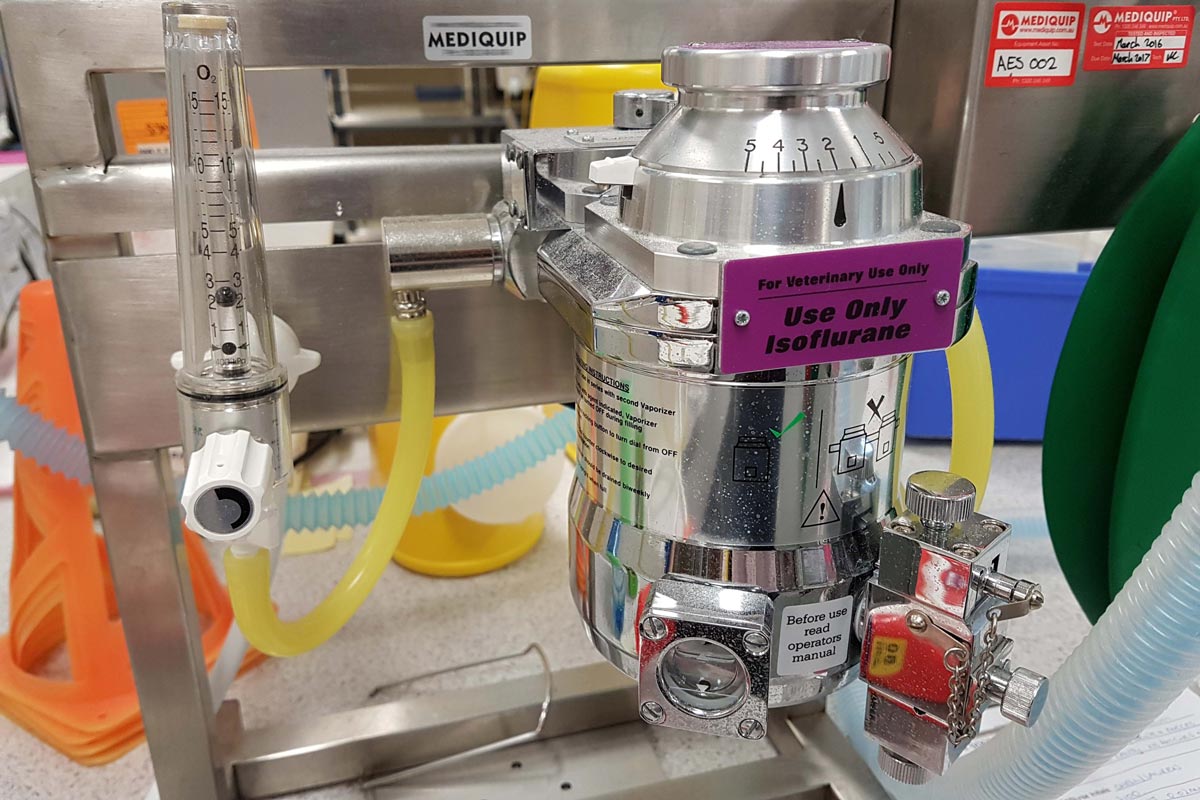
Isoflurane and oxygen: the dangers of 2 and 2
—
by
It is a common practice to place all patients on 2% isoflurane and 2l/min oxygen flow rate, but blanket isoflurane saturations and oxygen flow rates can be dangerous. Without a doubt, the majority of patients seem to do just fine at these levels; but every patient is different, and simply placing all patients on 2%…
-
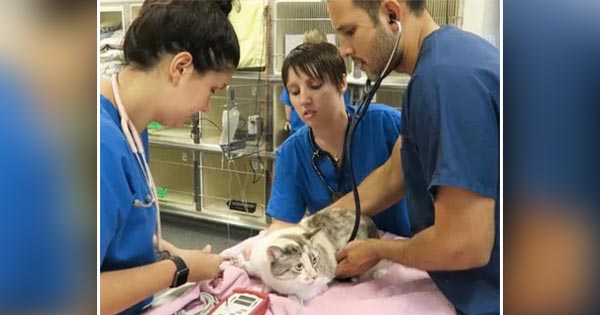
Anaesthetic risks: when complacency sets in
—
by
Adverse events during anaesthesia in otherwise young and healthy patients is a rare occurrence. However, with low incidence of adverse events could come an increased risk of complacency on the part of the veterinary team. Take the following case as an example: “Clicky” is a young and healthy cat that underwent a routine dental prophylaxis…
-
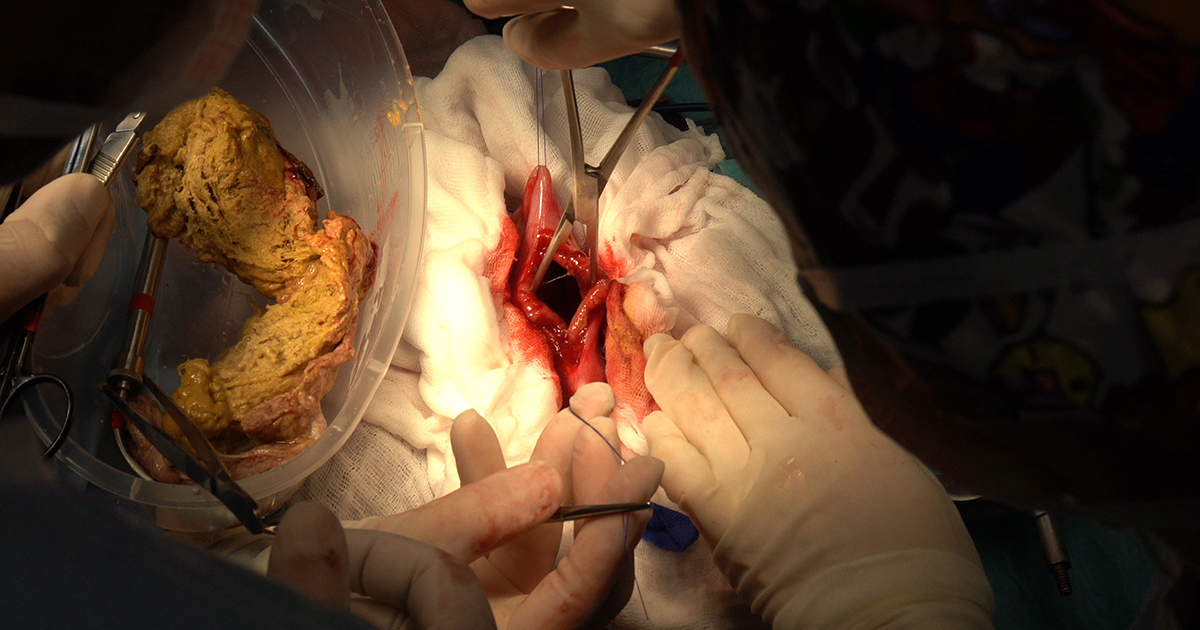
Linear foreign bodies, part 3: should YOU take it to surgery?
—
by
In the previous post we covered what to look out for on ultrasound when assessing for a linear foreign body. Now we discuss the things you should consider before deciding to take the patient to surgery. Read the following statements and answer the questions – either yes or no… Linear foreign body surgeries can be…
-
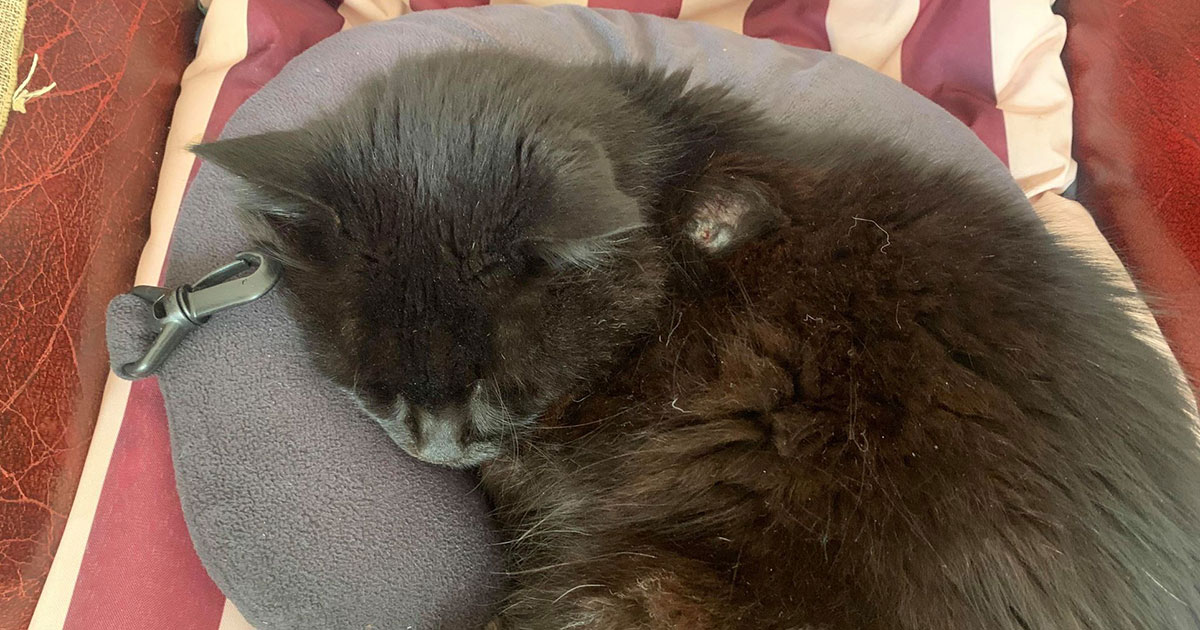
What’s in a name? The story of Edward and Albert
—
by
As part of considering our professional identities as vets and vet nurses, I’m often struck with the notion that diagnosing and giving a name to something is a very important part of the patient journey. Reading back through the archives and being able to match descriptions of symptoms that are well-known diseases today is fascinating.…
-
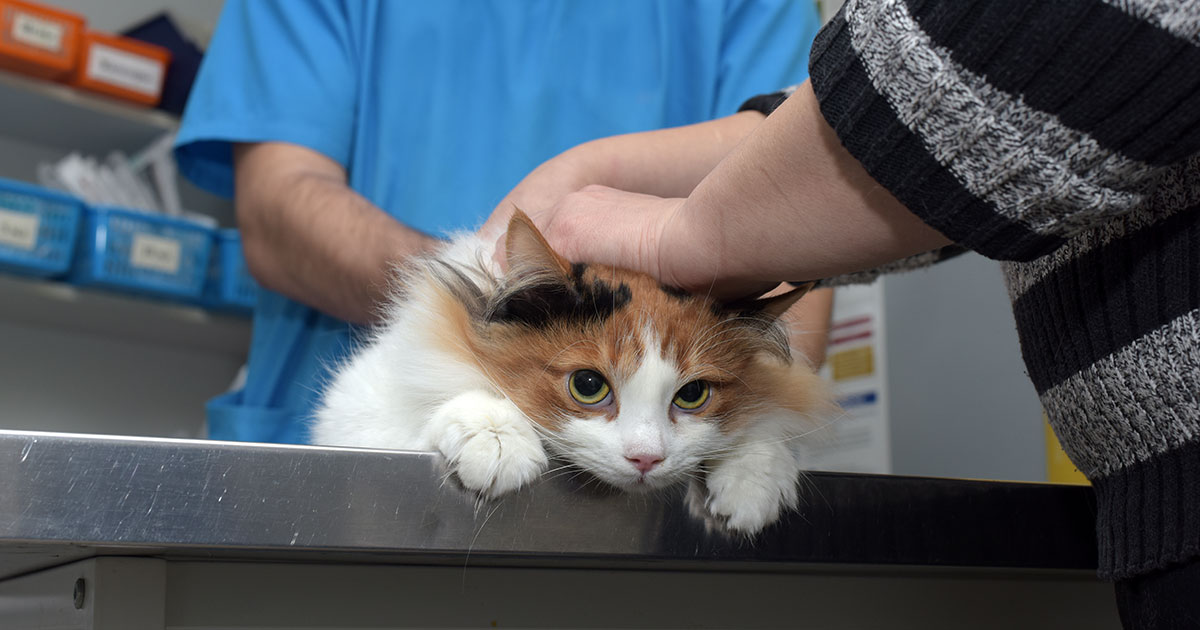
The other side of the consult table, part 1
—
by
There comes a time when even doctors and nurses have to make a visit to their local GP (perhaps somewhat begrudgingly), and I wonder if that evokes a similar feeling to when veterinary professionals take their own pets into an appointment? My own cat is going in to get her teeth cleaned in a matter…
-

Sustainable veterinary
—
by
Having recently attended a talk from Davies Veterinary Specialists regarding its environmental initiatives, I felt that both I personally, and many veterinary practices out there, could be doing a lot more to be “greener”. In a recent BVA Voice of the Veterinary Profession survey, it was found 89% of members think vets should play a…
-

The value of a nurse: putting a number on it
—
by
I’ve lost count of the number of times I’ve heard anecdotally about the value of vet nurses to the vet team. This is always nice to hear; whether it’s about me or vet nurses as a whole, it’s heart-warming to hear – but does that pay the bills? For some reason, while we are getting…